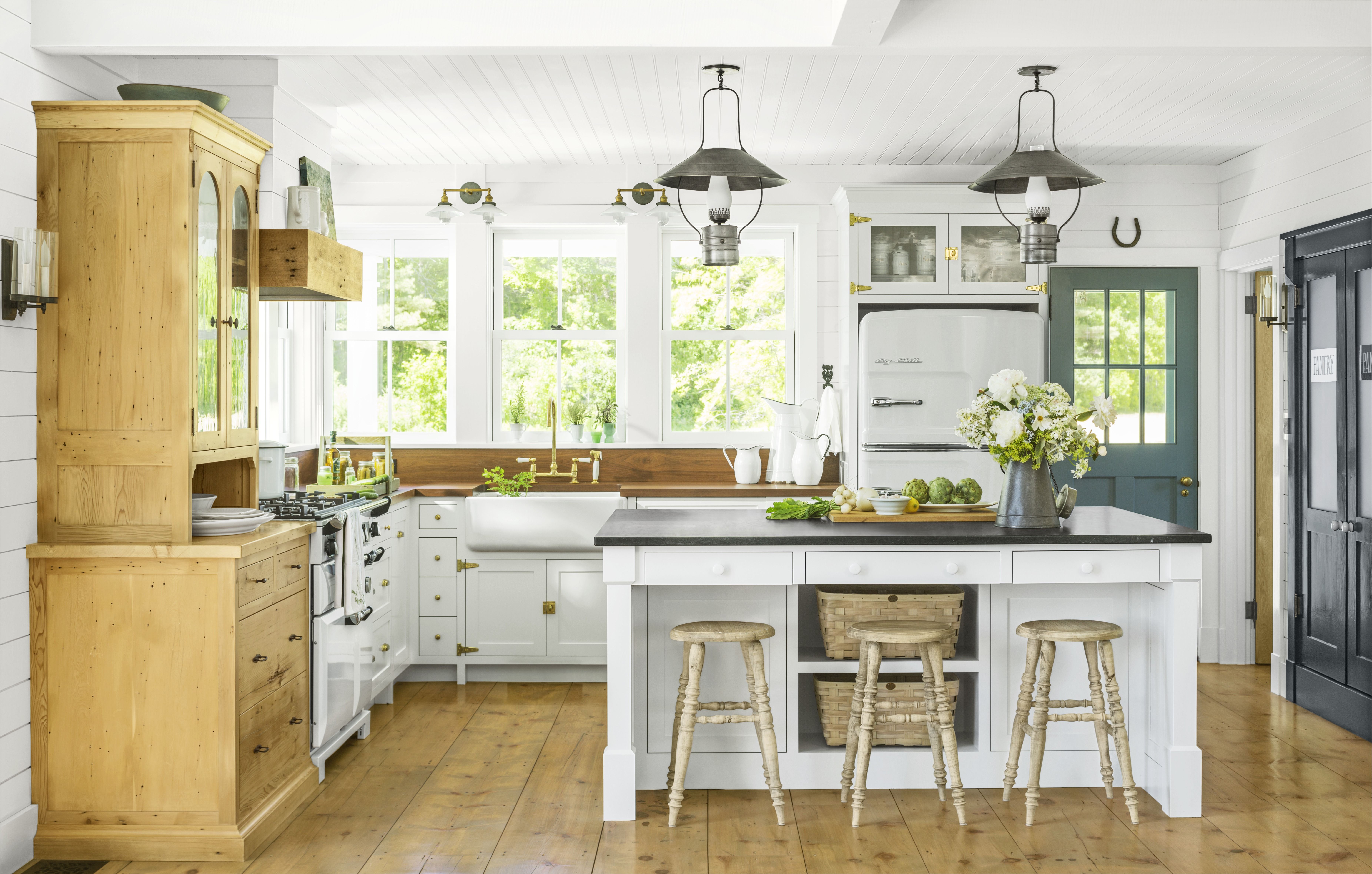Our Pro Tips For Stripping Paint From Cabinets - Residential Painting.Contractors Statements
On the downside, the process can generate a lot of wetness and saturate wood. Heat removing resembles a tango between the hand holding the heating system and the one with the scraper. Hover the gadget over the surface. When the paint bubbles, gradually move the heating system along and attempt to establish a rhythm so that you're scraping and heating in unison.
If you're going to use a chemical stripper, know that anything that eats paint threatens and that doing the task without methylene chloride (see above) will be much safer but slower. These wood removing items consist of less hazardous, less harmful active ingredients and eliminate both latex and oil paints. A paste with a frosting-like consistency that can be brushed, rolled, or sprayed on - Cabinet Painters 28212.
Benzyl alcohol One coat removes up to 15 layers of paint. 3 to 24 hours Remove the paint, scrub off the residue with a damp nylon brush, and rinse with water. Cabinet Painting 28217. about $65 per gallon This paste works with a paper cover to manage evaporation. Ideal for lead paint and masonry, however can stain furniture woods.
Everything About Kitchen Cabinet Refinishing - click to read H.d.f. Painting - The Facts


12 to 24 hr Remove the paper and scrub the surface with a wet brush; let dry completely, then use a reducing the effects of solution. about $45 per 1 gallons This wood stripper is an orange gel, finest on furniture information and flat surface areas given that it is thin. N-Methyl-2-pyrrolidone (NMP) A -inch coat eliminates as much as seven layers of paint.
about $20 per half gallon Years ago, if you required a fast-acting chemical paint stripper, you selected a product that contained a seriously harmful chemical called methylene chloride (also called dichloromethane, or DCM), cranked up the fan, and finished the job quickly. Cabinet Painting Contractors 28210. Typically speaking, the faster a chemical eats through paint and finish, the more toxic it is, and DCM is fastpaint starts to bubble in minutes.
Extended exposure to DCM, through the lungs or skin, has been connected to liver damage, cancer, and even death. The vapors can overwhelm air-purifying respirators, and just a few whiffs can leave you wheezing and dizzy. Europe prohibited it for property usage in 2010. While DCM-containing paint strippers are still extensively sold in the U.S., the Centers for Disease Control and Prevention has actually connected the active ingredient to 13 deaths in 10 states.
Not known Details About How To Paint Kitchen Cabinets - Residential Painting.Contractors - Tips from a Professional Painting Company


No paint-stripping endeavor is complete without a toolbox of scrapers to usher away softened paint. A 5-in-1 paint scraperalso called the "painter's tool" since the curved edge can be utilized to clean a paint rolleris the go-to tool for getting rid of most types of paint. Metal pull scrapers included changeable blade profiles to match the surface area you require to strip, offering more control than push scrapers in difficult situations or on great information.
After that, change or resharpen the blades. "Keep a hand file close by to rapidly bring back the edge of a steel scraper," says TOH general specialist Tom Silva. "Brace the scraper against a flat surface area, attempt to follow the initial bevel, and constantly file in the very same direction." Carbide blades hold an edge a lot longer than steel, but resharpening needs a diamond stone and some ability.

When utilizing push scrapers, pick plastic over metal, to avoid gouging; this is particularly important with chemical strippers, which can soften wood. Almost 90 percent of homes built before 1940 have some paint packed with this poisonous metal. Although its use went into high decline after 1950, lead-based paint wasn't prohibited in the U.S.
5 Simple Techniques For How To: Remove Paint From Decorative Wood Details ...
Here's how to identify it. Use an energy knife to make a V-shaped cut through all the layers of paint, then brush the groove with a LeadCheck swab. An intense red color shows lead is present. Scrape a table-spoon of chips into a bag and send them to a lab for testing.
For a few hundred dollars, a certified lead inspector will carry out an X-ray fluorescence test to recognize the quantity of lead present in all the painted surface areas in your house. Lead is nasty. Exposure can raise your blood pressure, tension your nerve system, and harm your memory, among other dangers. Cabinet Painting Contractors Near Me.
If you wish to eliminate lead-based paint yourself, in addition to the dress and prep actions (next), follow these safety measures: Use only heat or chemicals to avoid kicking up lead-laced chips and dust If you must sand, usage equipment fitted with a shroud and a HEPA vacuum accessory. Wet-sand stripped surface areas to reduce dust.
The Ultimate Guide To Refinish Kitchen Cabinets With Kilz® Restoration Primer ...
Place particles in specialist bags; seal with duct tape. Find better tips at www2.epa.gov/ lead. Avoid canvas ground cloth in favor of 6-mil plastic sheeting, which won't trap great grit or let chemicals seep through. Extend the sheeting at least 6 feet beyond the work location and overlap and tape the edges.